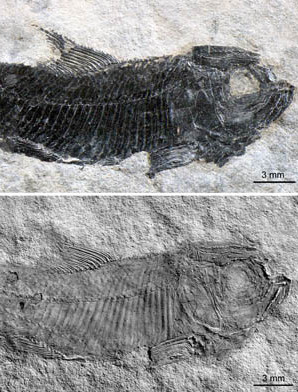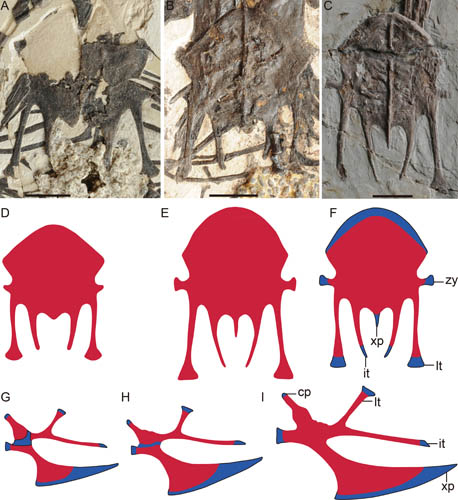 |
Histological Analysis Reveals Ontogenetic Variation in Early Birds |
| Most living birds characteristically grow rapidly and reach adult size within a year. Nevertheless, little is known about how such an advanced developmental strategy evolved despite many discoveries of early fossil birds. In a paper published online Feburary 3 in the Journal of Systematic Palaeontology, Drs. WANG Mi... |
|
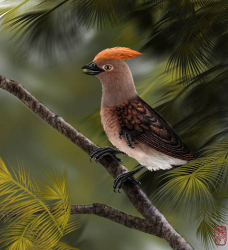 |
New Basal Bird from China Reveals the Morphological Diversity in Early Birds |
| Over the past three decades, representatives of all major Mesozoic bird groups have been reported from the Early Cretaceous Jehol Biota of northeastern China. A new species, Chongmingia zhengi, reported in the journal of Scientific Reports on 25 January 2016, sheds light on the early evolution of birds. Phylogenetic... |
|
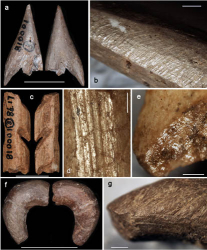 |
Paleolithic Bone Tools Found from South China |
| The production of formal bone tools, defined as artefacts that were cut, carved, polished or otherwise modified to produce fully shaped points, awls, harpoons and wedges, appears relatively late in human history, and is only recorded at a handful of African sites prior to 45000 years ago. Early instances of bone tec... |
|
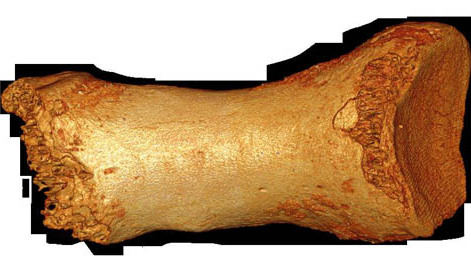 |
The Altai Neanderthal Shows Gene Flow from Early Modern Humans |
| Using several genetic analytical methods, an international research team has identified an interbreeding event between the Neanderthals and modern humans that occurred about 100,000 years ago, which is tens of thousands of years earlier than that is currently known. Dr. FU Qiaomei, from Institute of Vertebrate Paleo... |
|
|
|
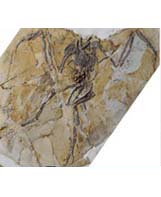 |
New basal ornithuromorph bird found in China |
| A new species of Early Cretaceous bird was reported on January 6th in Zoological Journal of the Linnean Society by Min Wang, Zhonghe Zhou and Shuang Zhou from the Institute of Vertebrate Paleontology and Paleoanthropology (IVPP), Chinese Academy of Sciences. The new discovery provides new information regarding the e... |
|
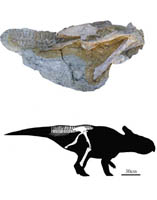 |
New Leptoceratopsid Found from the Upper Cretaceous of Shandong Province, China |
The leptoceratopsids are a group of small, quadrupedal horned dinosaurs that have so far been found exclusively in the Upper Cretaceous of Asia and western North America. With a typical body length of about two meters, they are much smaller than the contemporary ceratopsids.
HE Yiming, a Ph. D. student of Instit... |
|
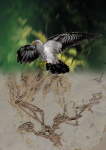 |
New Enantiornithine Bird with an Aerodynamic Tail Found in China |
| A new species of Mesozoic bird was published on December 31 in Current Biology by a collaboration of scientists from the Institute of Vertebrate Paleontology and Paleoanthropology (IVPP), Chinese Academy of Sciences and the Shandong Tianyu Museum of Nature, providing strong evidence that enantiornithines possessed a... |
|
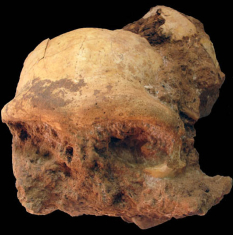 |
Well-Preserved Homo Erectus Skull Discovered in Eastern China |
Scientists have discovered a “well-preserved” Homo erectus skull, teeth and other skull bones at the Hualongdong archaeological site in Zhongzhi County of Anhui Province, eastern China, as announced in a news conference on November 20 in Anhui Province.
“The skull was estimated to be between 150,000 and 412,0... |
|
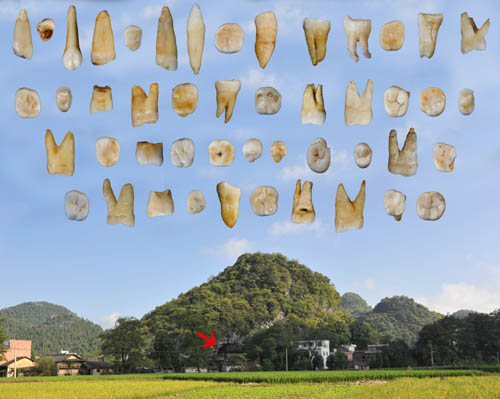 |
Earliest Modern Humans in Southern China Recast History of Early Human Migration |
| The hominin record from southern Asia for the early Late Pleistocene epoch is scarce. Well-dated and well-preserved fossils older than 45,000 years that can be unequivocally attributed to Homo sapiens are lacking. In a paper published October 15 online in Nature, Dr. LIU Wu, Institute of Vertebrate Paleontology and ... |
|




